Introduction to Chess
Chess, often referred to as a game of intellectual prowess, is a strategic board game that has stood the test of time. Originating over 1500 years ago in India, it has evolved and spread across the world, capturing the imaginations of young and old alike. The game is played on an 8x8 square board with 64 squares, alternating in color, typically between light and dark. Each player controls sixteen pieces: one king, one queen, two rooks, two knights, two bishops, and eight pawns. The primary objective in chess is to checkmate the opponent’s king, which means putting the king in a position to be captured ('check') from which there is no escape.
The Chess Pieces and Their Moves
Each chess piece moves differently, adding complexity and strategic depth to the game:
- King: Can move one square in any direction (horizontally, vertically, or diagonally).
- Queen: Can move any number of squares, but only horizontally, vertically, or diagonally.
- Rooks: Move any number of squares, but only horizontally or vertically.
- Bishops: Move diagonally for any number of squares.
- Knights: Move in an L-shape pattern: two squares in one direction and then one square perpendicular, or one square in one direction and then two squares perpendicular. Knights are the only pieces that can jump over other pieces.
- Pawns: Move forward one square, but capture diagonally. On their first move, they can choose to move forward two squares. A pawn can be promoted to a Queen, Rook, Bishop, or Knight upon reaching the opponent's back rank.
Strategic Principles in Chess
Chess is not just a game of tactics, but also of long-term strategy. Some foundational strategic principles in chess include control of the center, pawn structure, piece activity, and king safety.
Control of the Center
The center of the board holds strategic significance as it allows for greater mobility of pieces and control over the game. Occupying or controlling the central squares (e4, d4, e5, d5) allows pieces to exert influence over a larger area of the board.
Pawn Structure
Pawns form the skeleton of the chess game and their structure can greatly affect the strength and weaknesses of a player's position. Solid pawn structures protect the king and create barriers for enemy pieces, while doubled, isolated, or backward pawns are typically weak points.
Piece Activity
Activating your pieces, making them work efficiently and harmoniously, is a pivotal part of chess strategy. Each piece should ideally have a role in both defense and offense, contributing to the overall game plan.
King Safety
The king's safety is paramount in chess and often dictates whether an aggressive or conservative approach should be taken. Strategies such as castling, where the king and a rook are allowed to move simultaneously, help shield the king from attack.
Phases of the Chess Game
A chess game can broadly be divided into three phases: the opening, the middlegame, and the endgame.
The Opening
The opening phase involves the development of pieces from their initial positions and control of the board's center. Openings are often studied and practiced extensively by players of all levels.
The Middlegame
This is the phase where the battle intensifies, involving direct confrontation and tactical maneuvers. Players must constantly evaluate the trade-offs between material (pieces) and position.
The Endgame
During the endgame, with fewer pieces on the board, players must focus on promoting pawns and maximizing the potential of their remaining pieces. The king often becomes an active piece in this phase, moving more freely around the board.
Conclusion
Chess remains a profound test of intelligence, creativity, and strategic thinking. Through its rich historical origins and evolution into a global phenomenon, it has proven to be a limitless source of study and enjoyment. Whether played as a hobby, in clubs, schools, or professional tournaments, chess continues to be a challenging and enriching experience for millions of enthusiasts around the world.
Explore our large collection of luxurious chess sets!


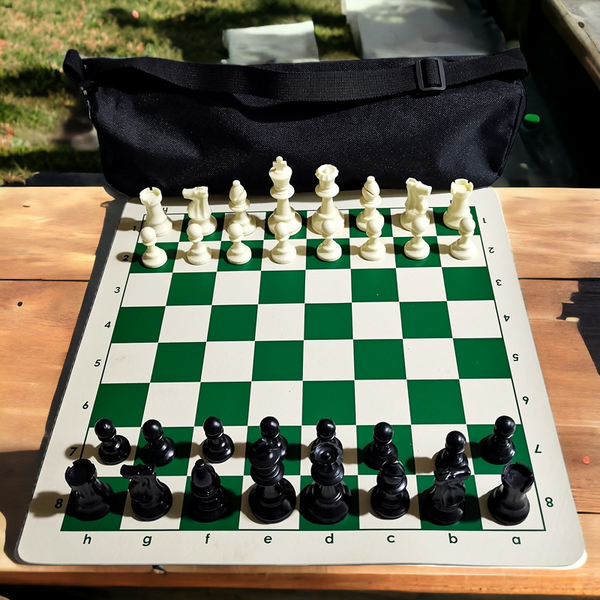
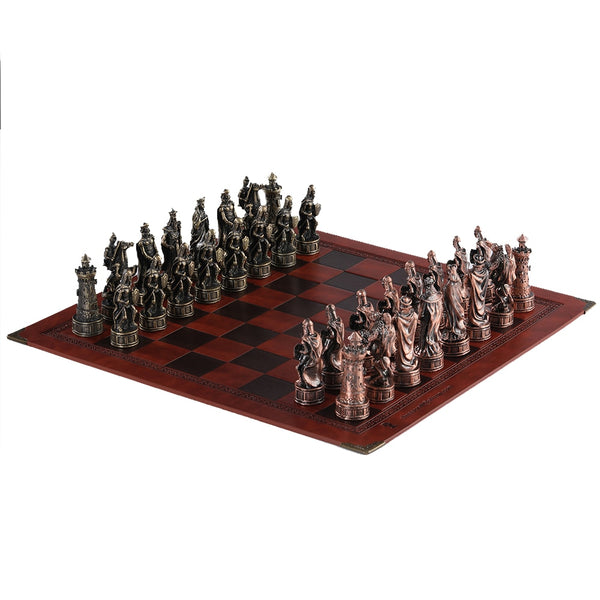
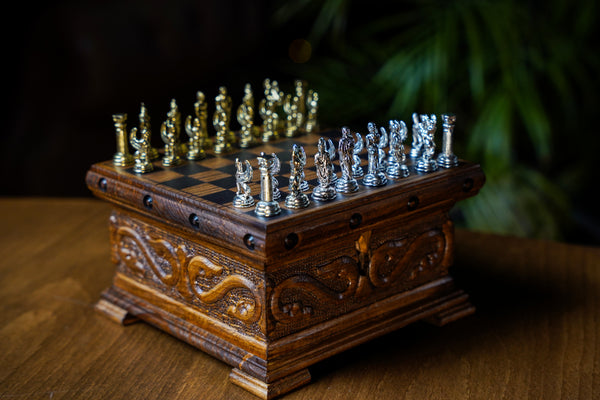






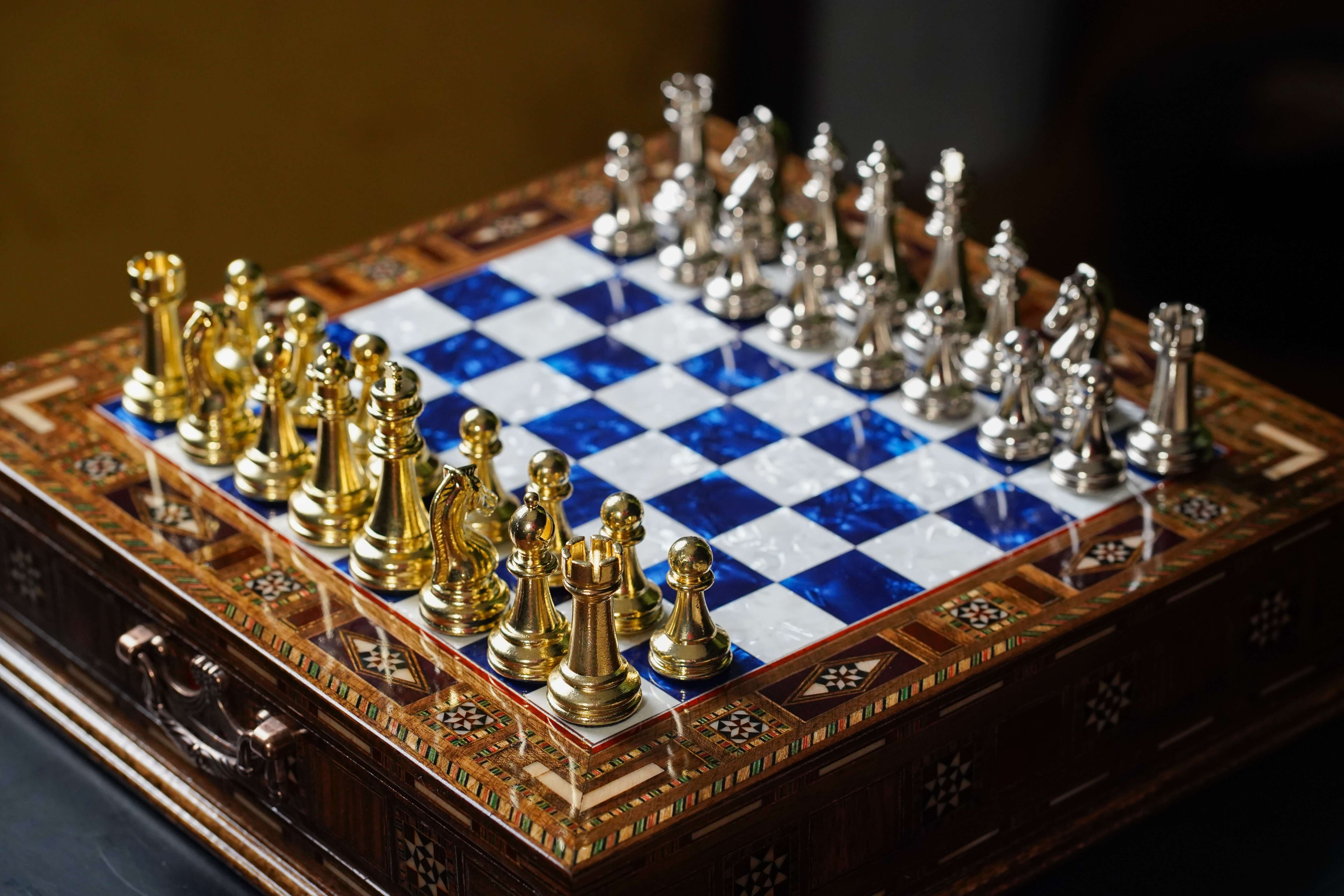
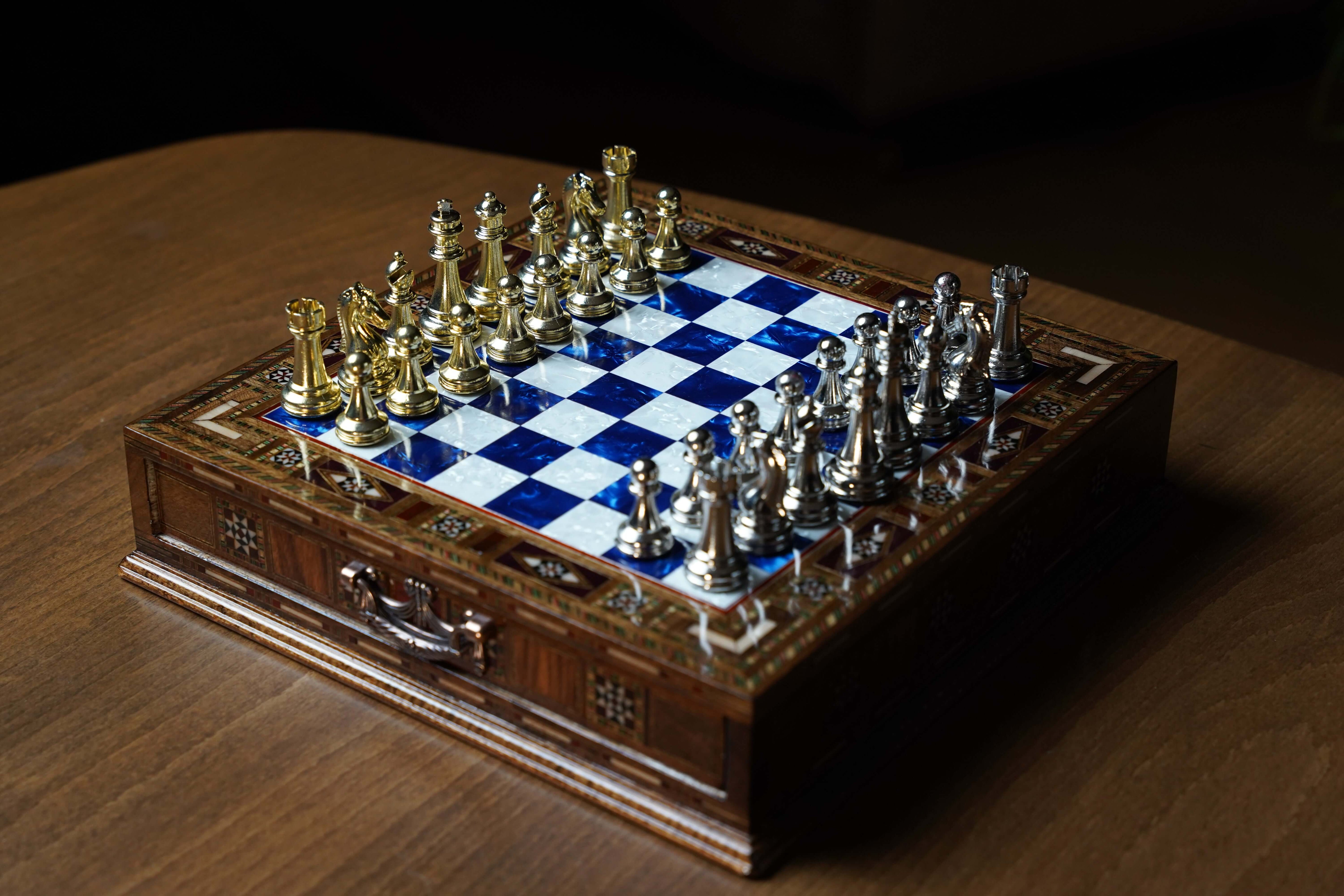
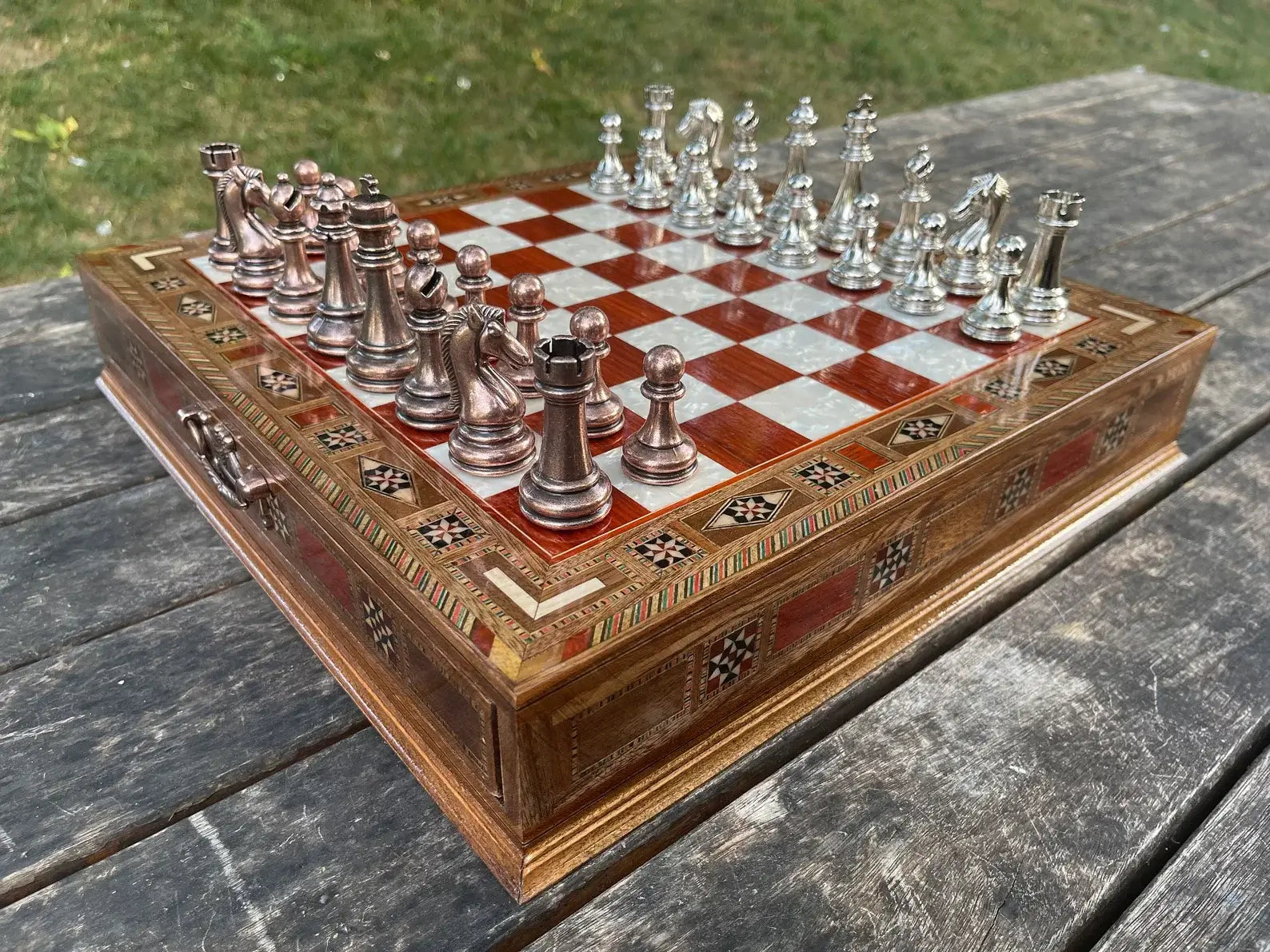
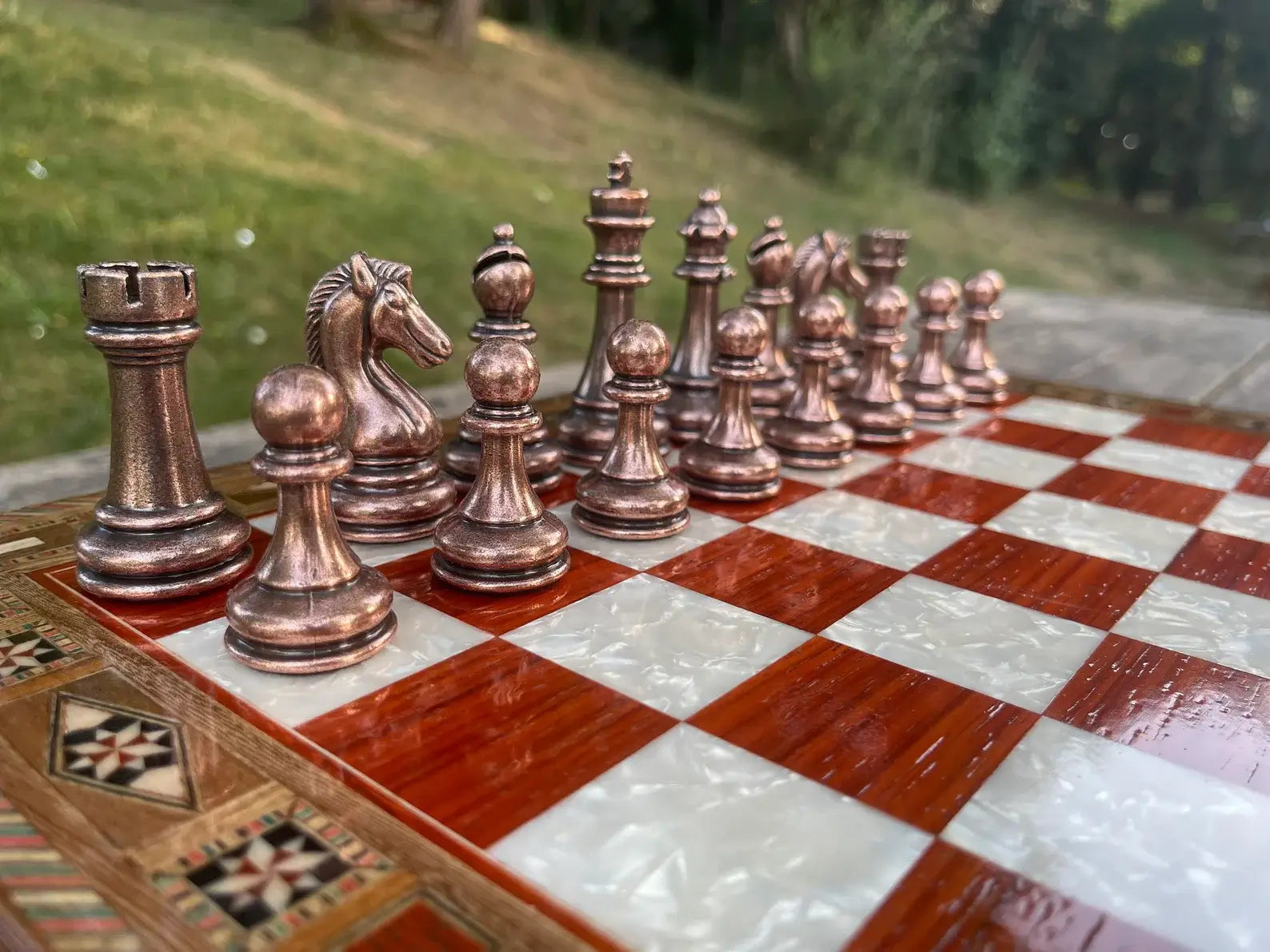
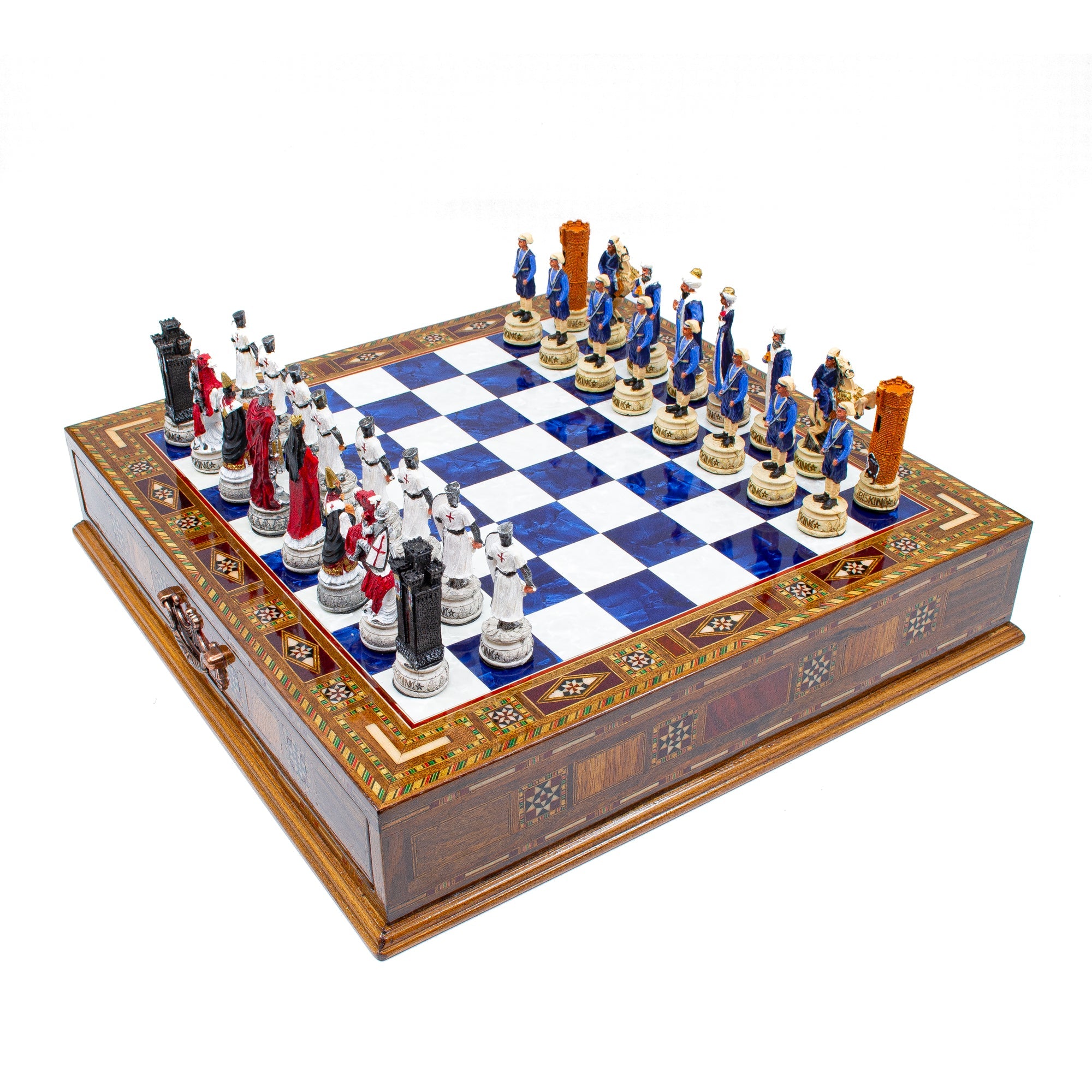
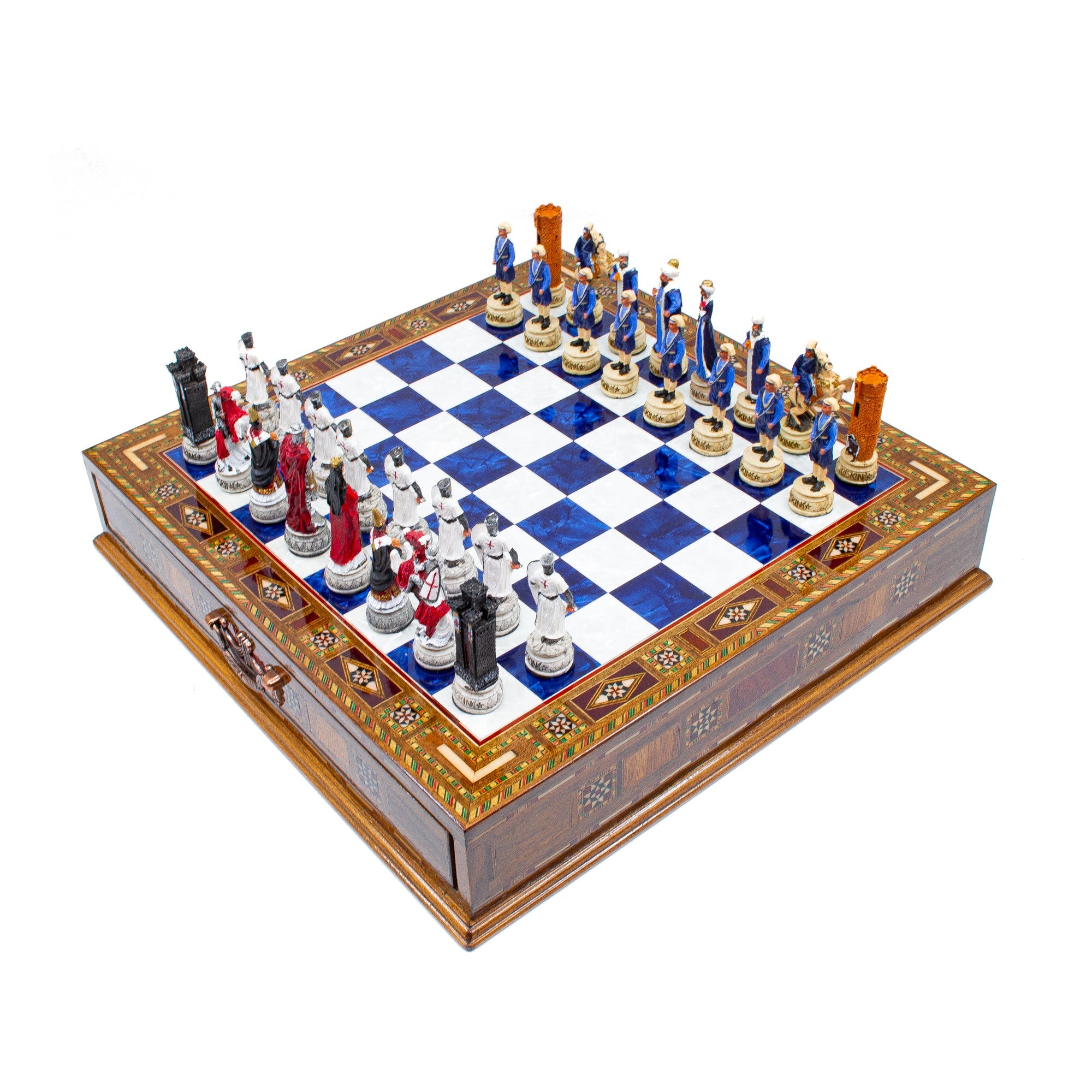
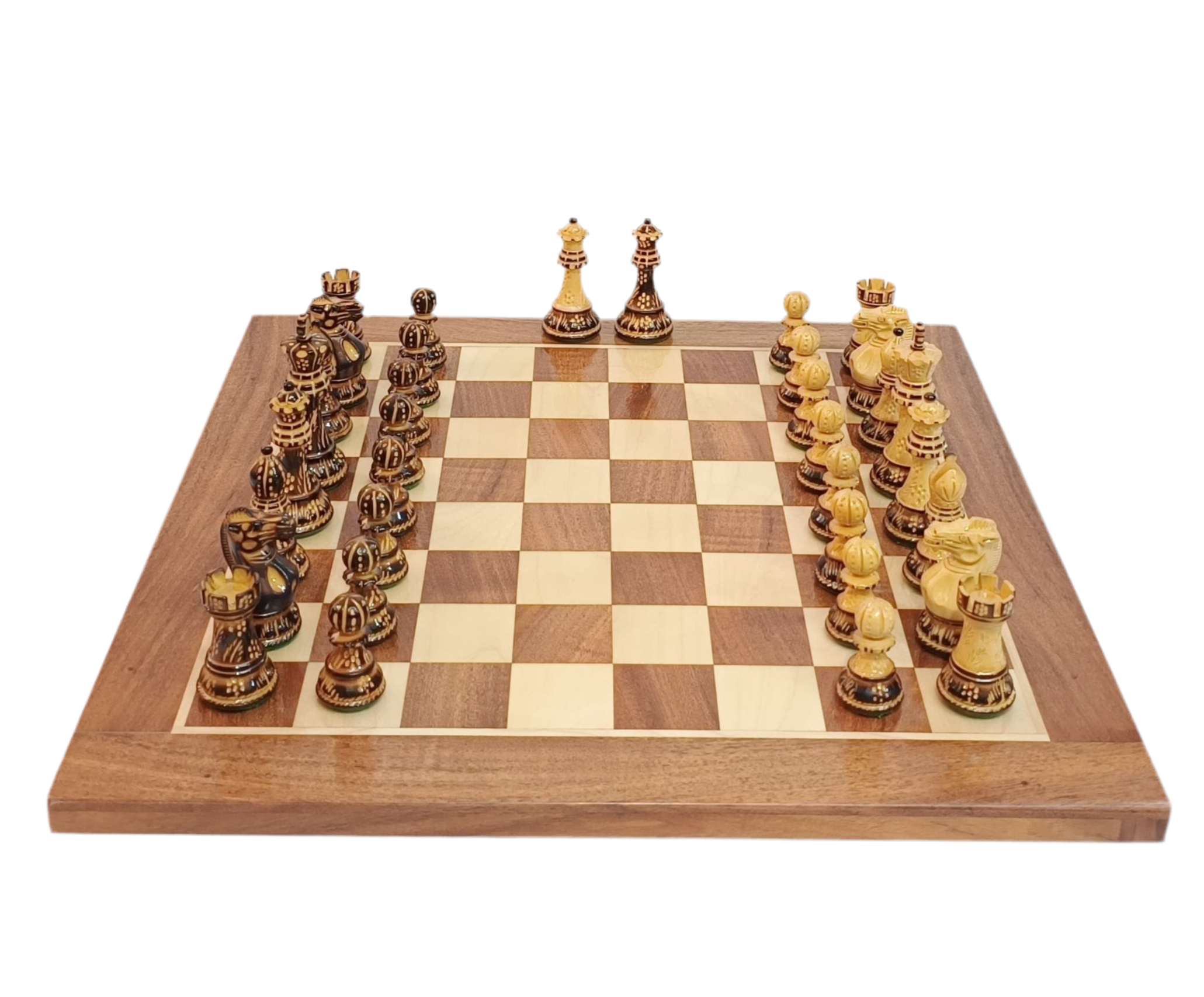
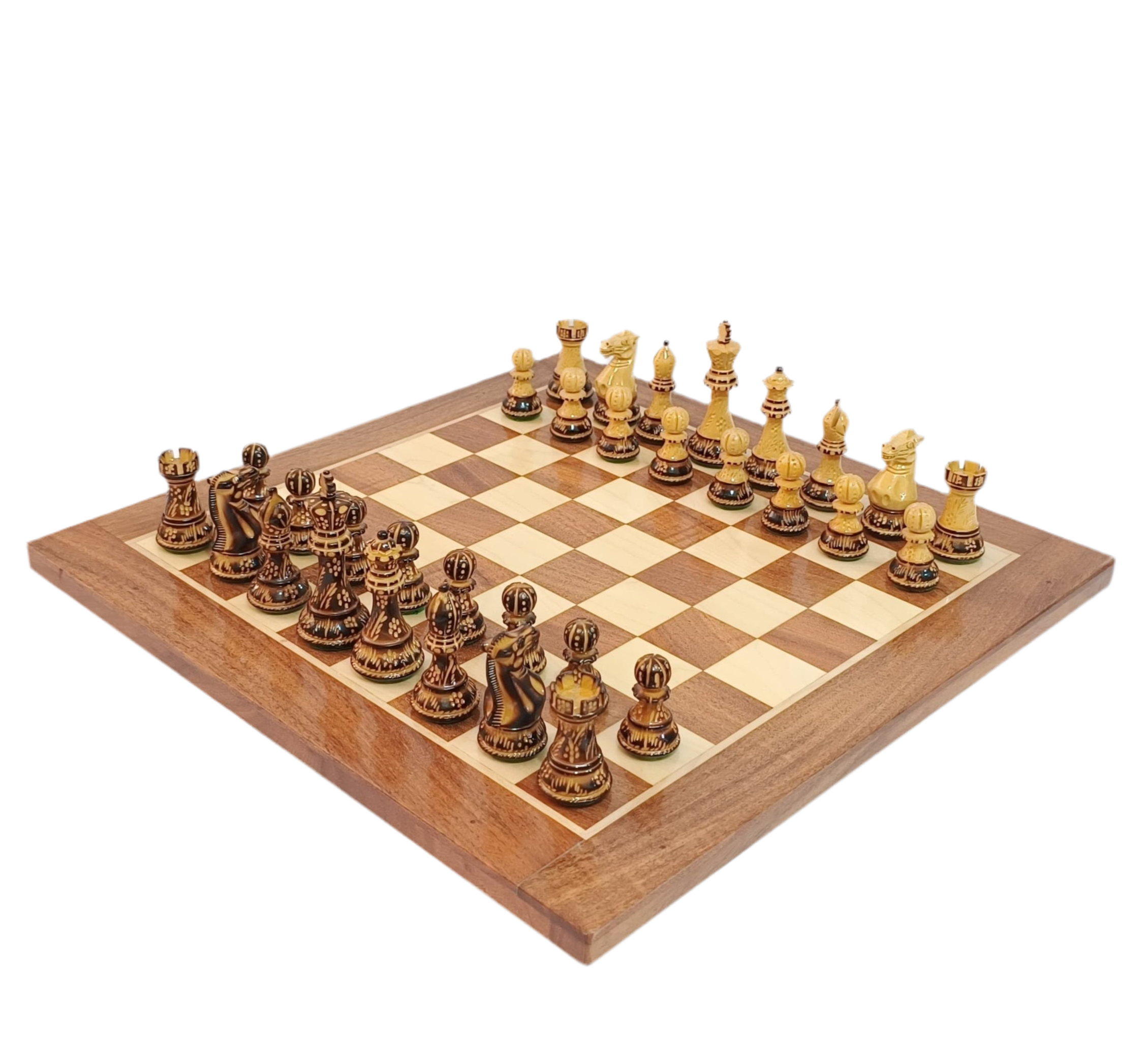
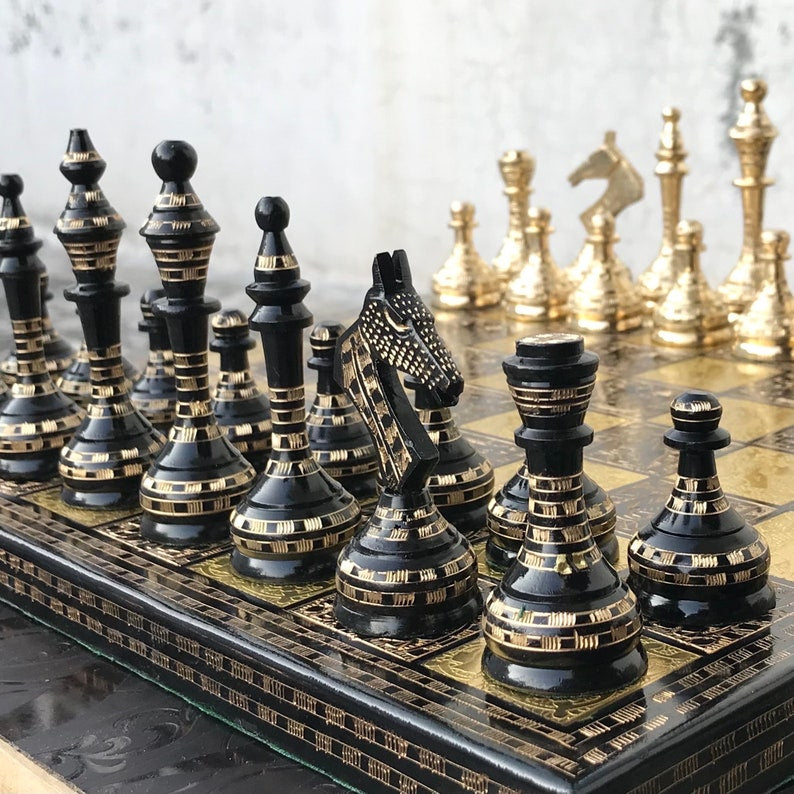
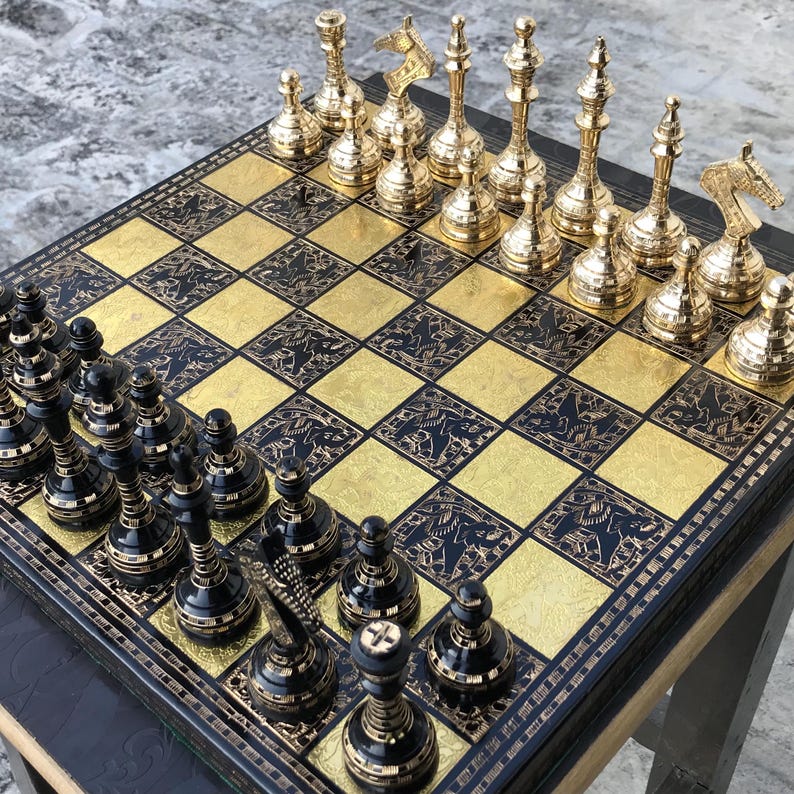
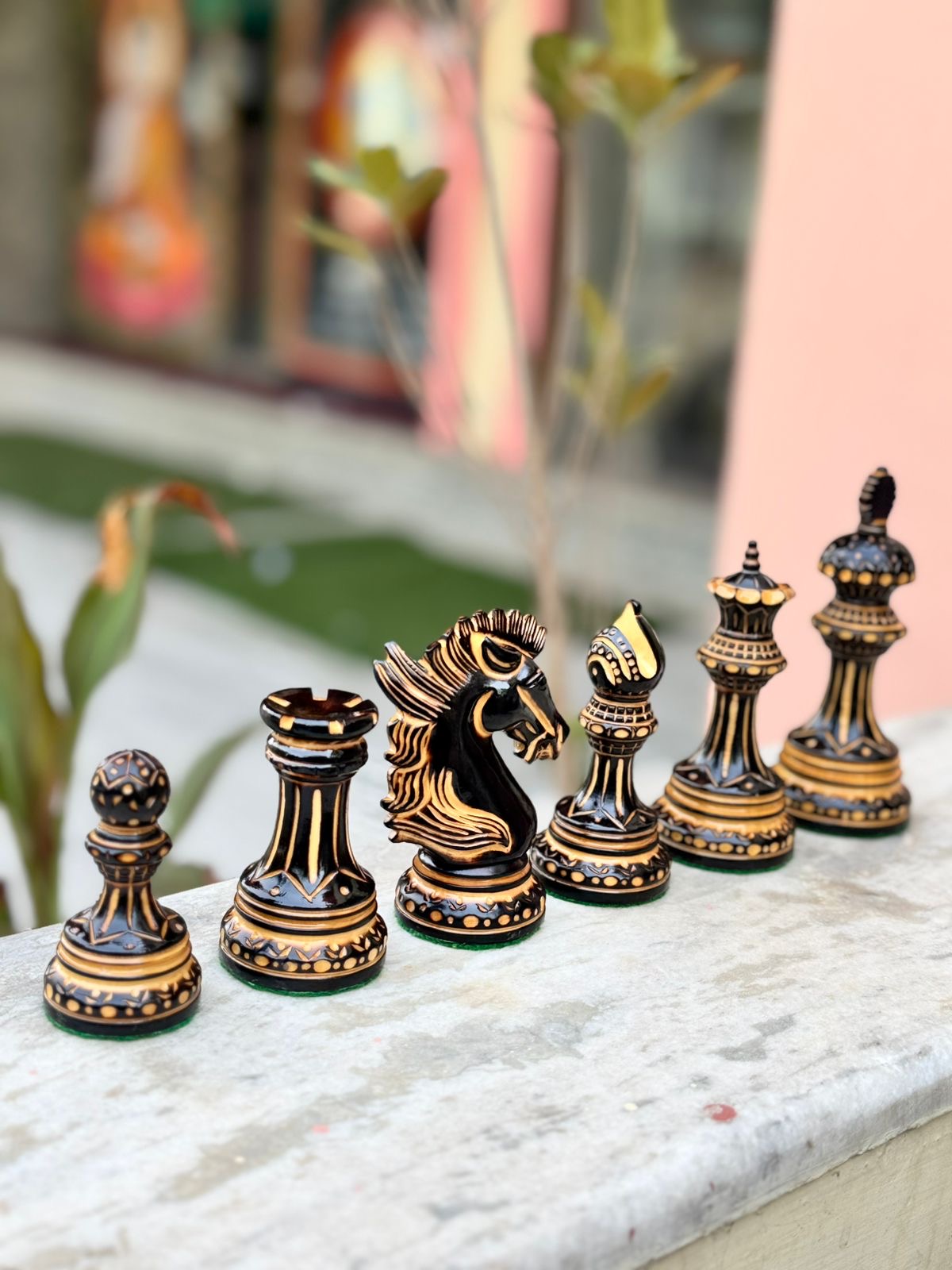

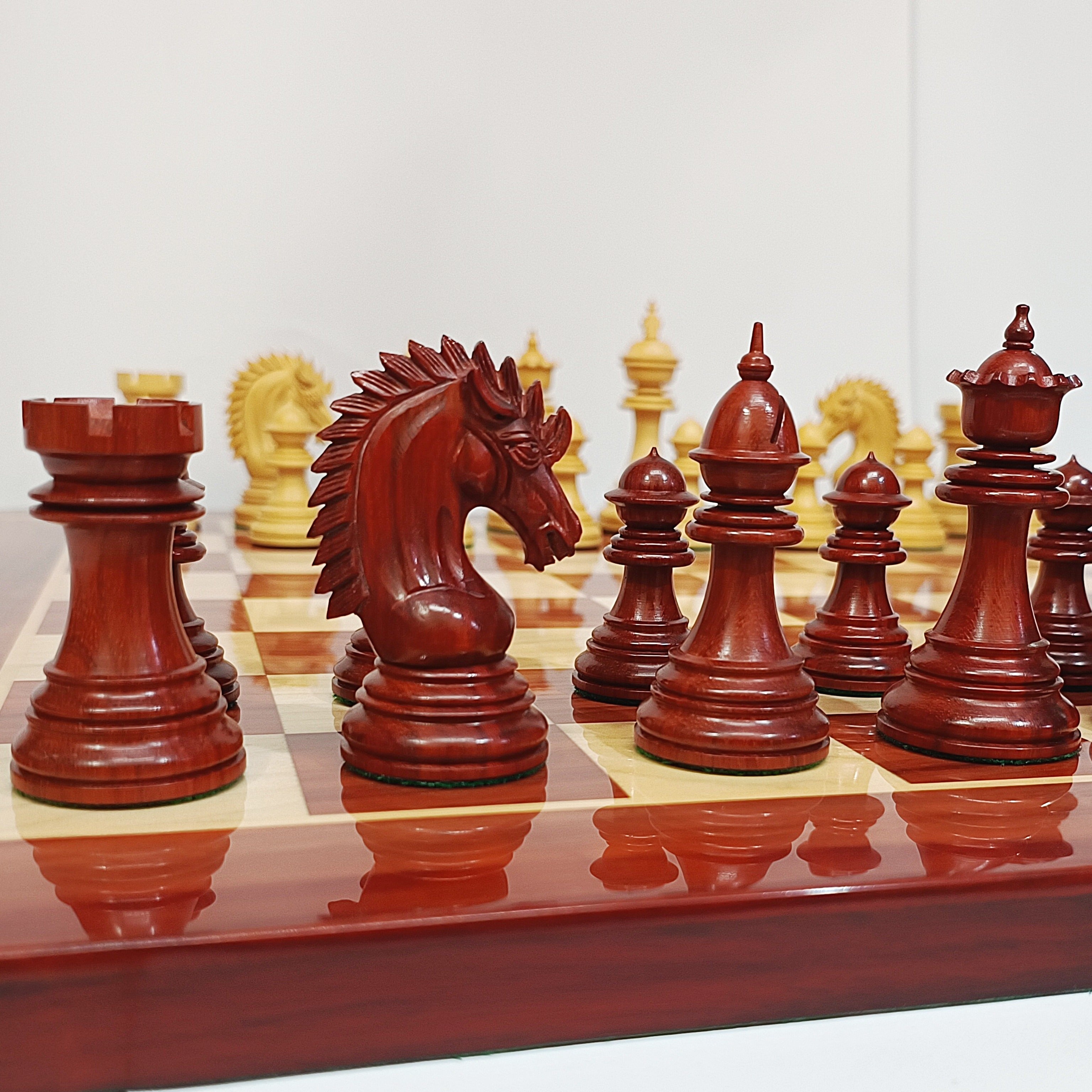
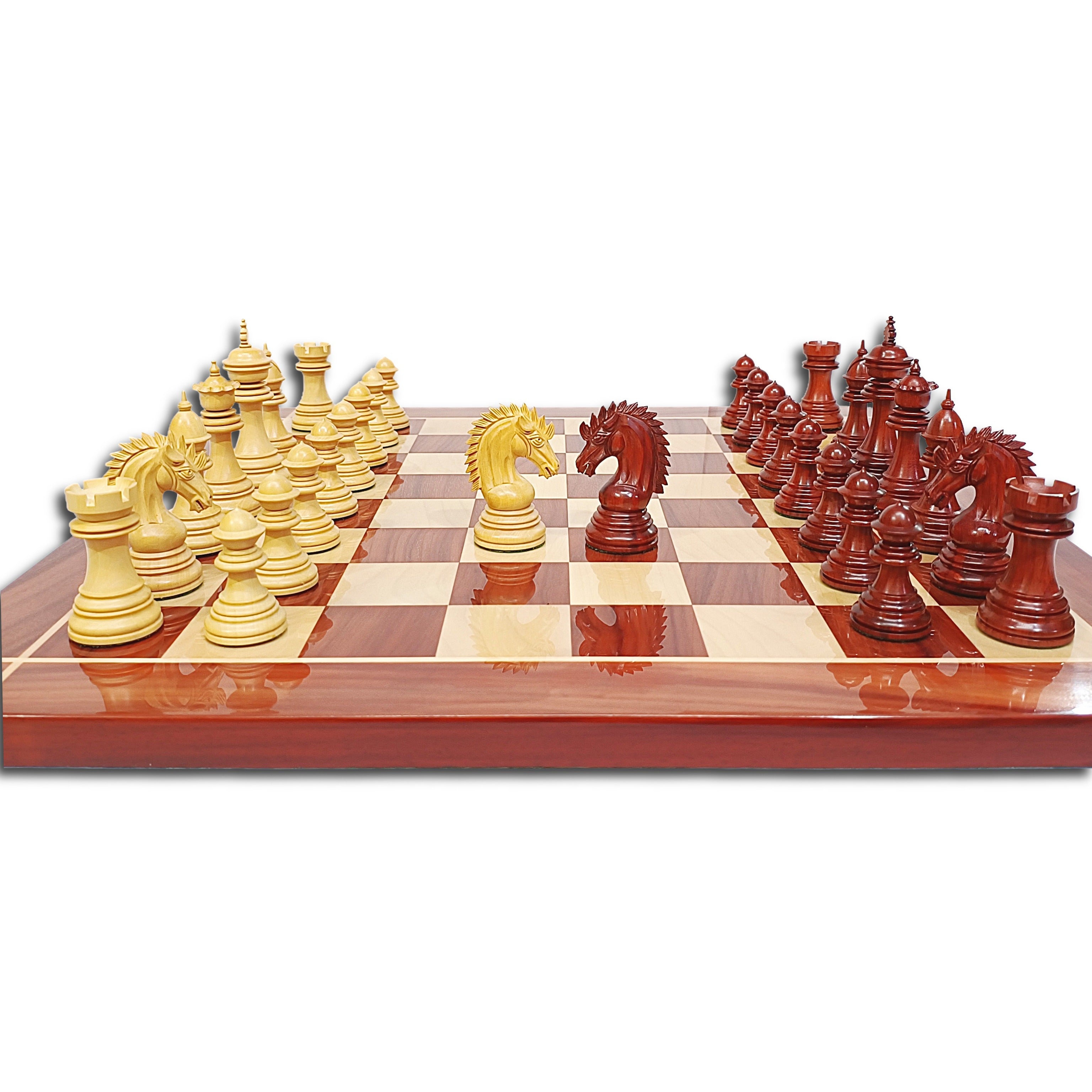

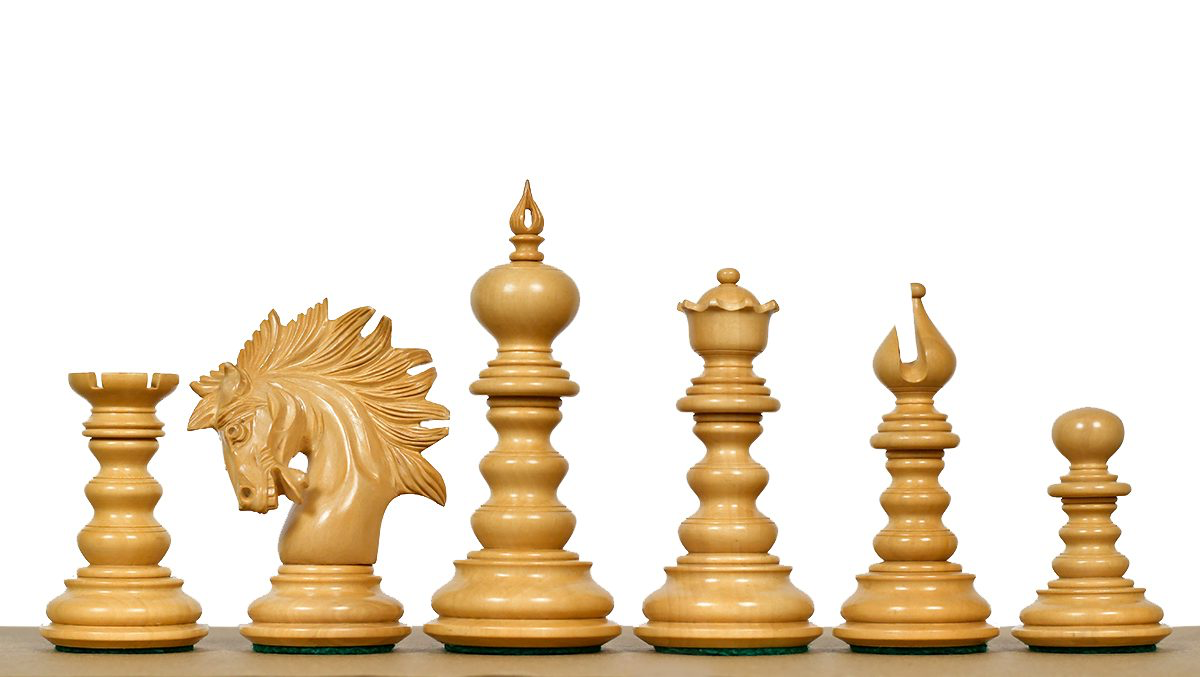
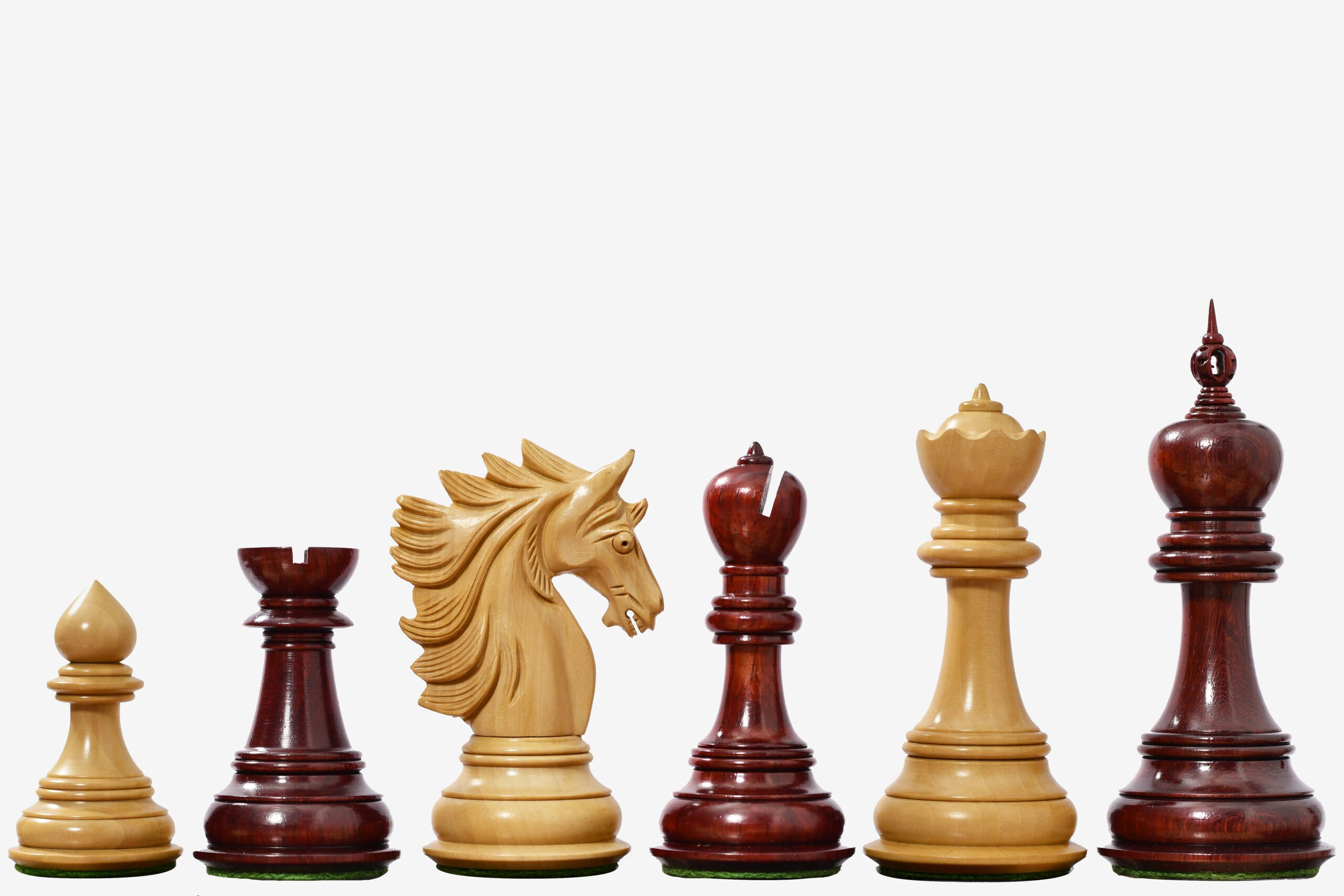
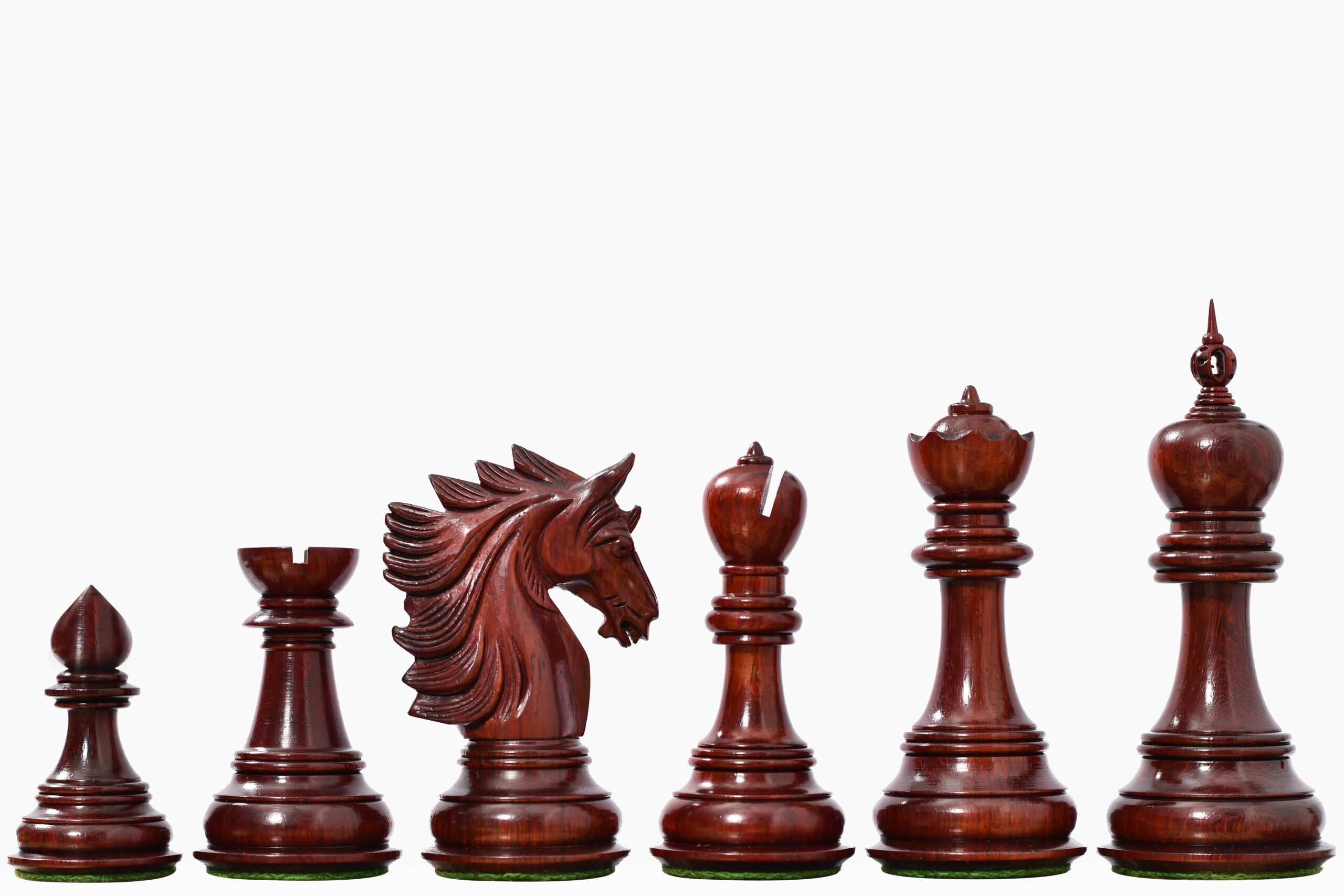
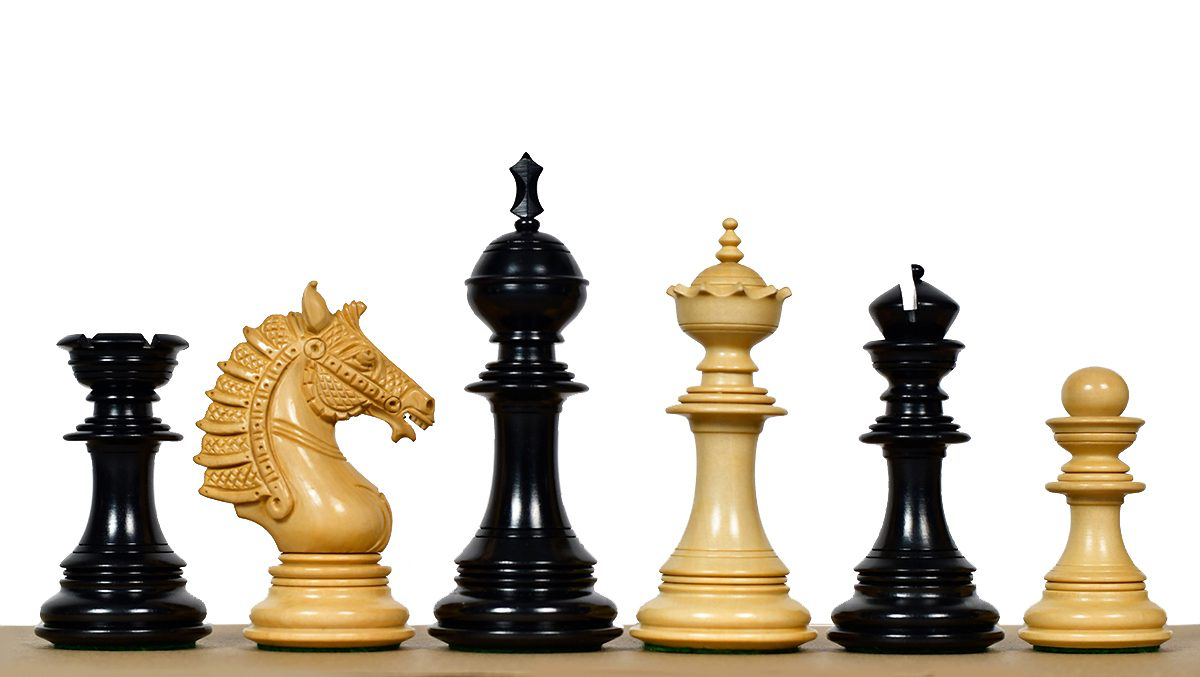
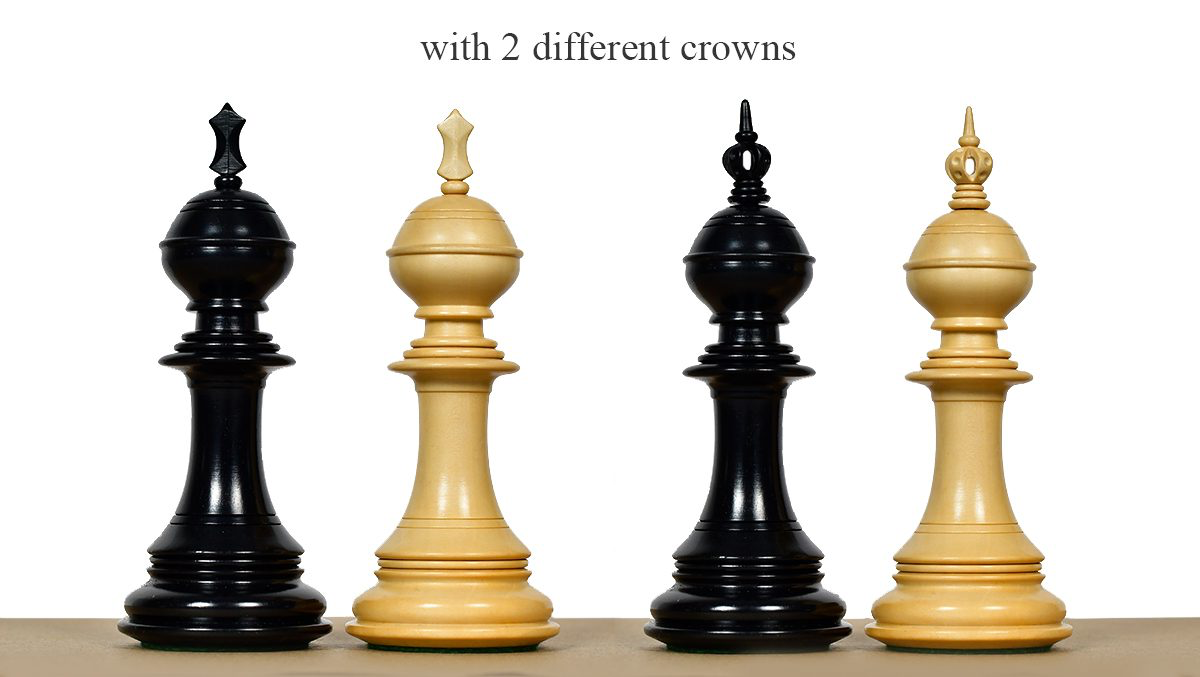
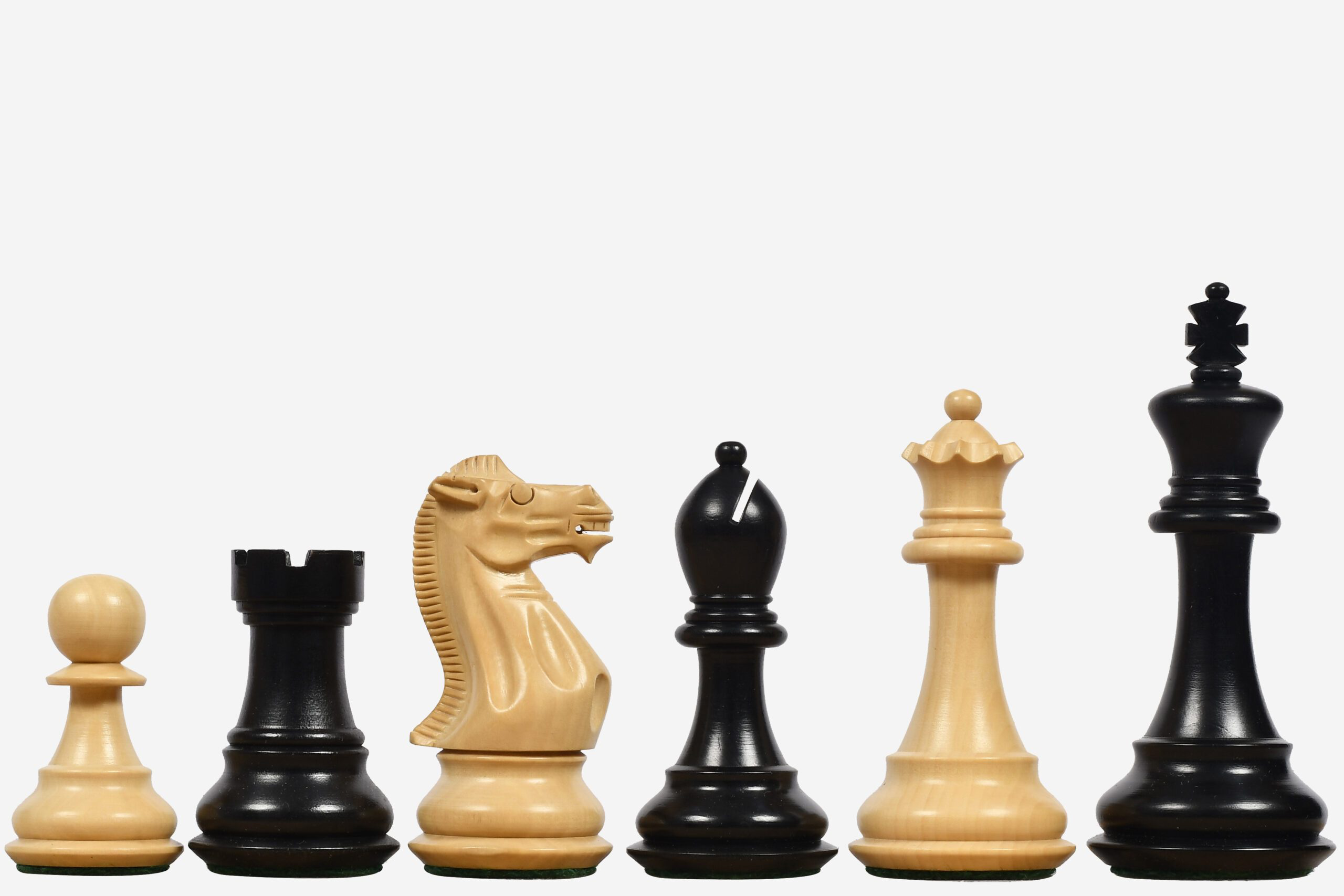
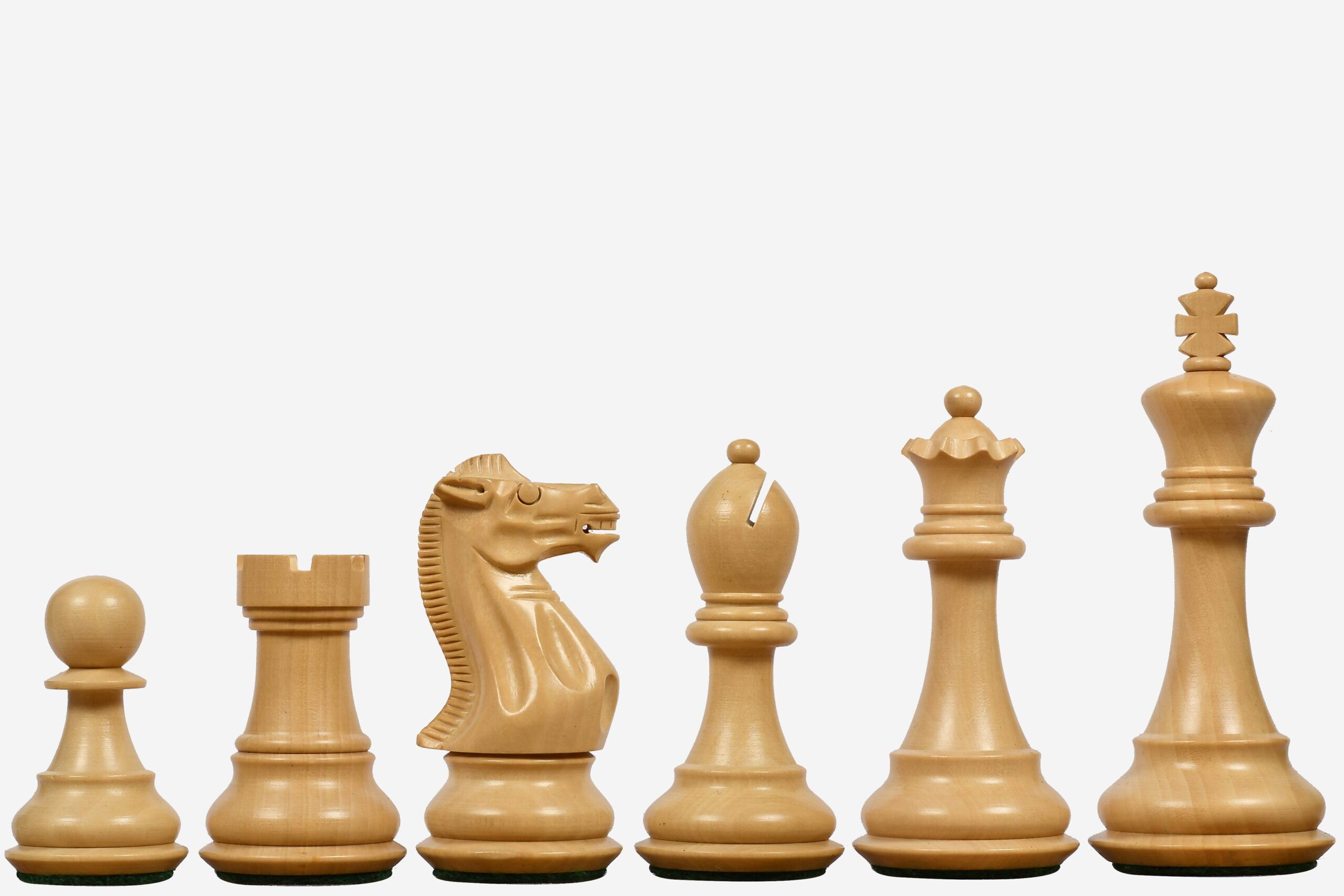
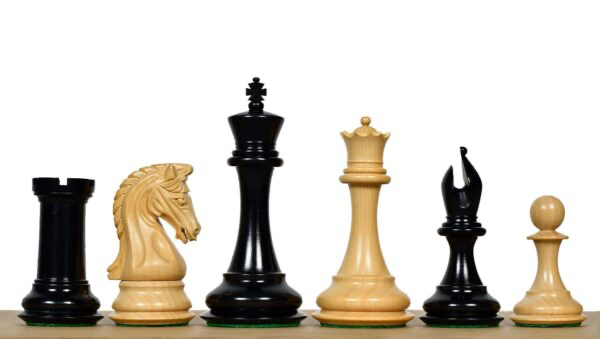
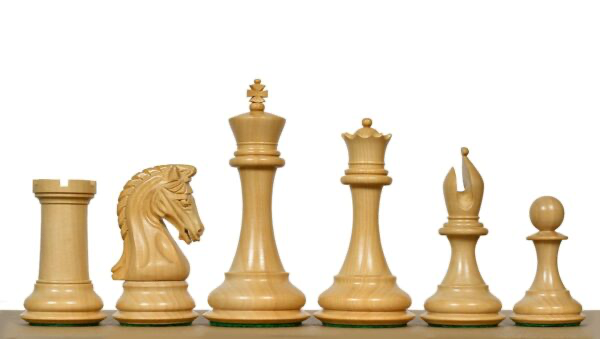
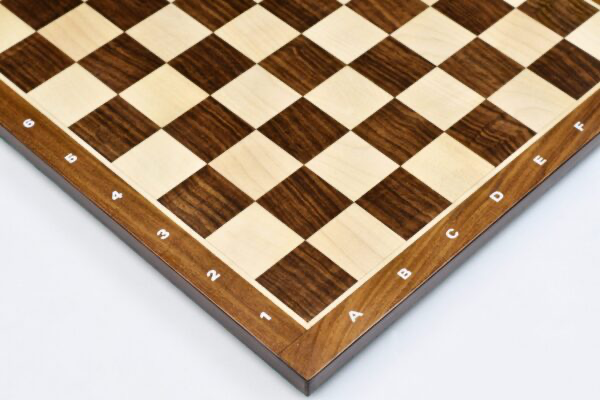
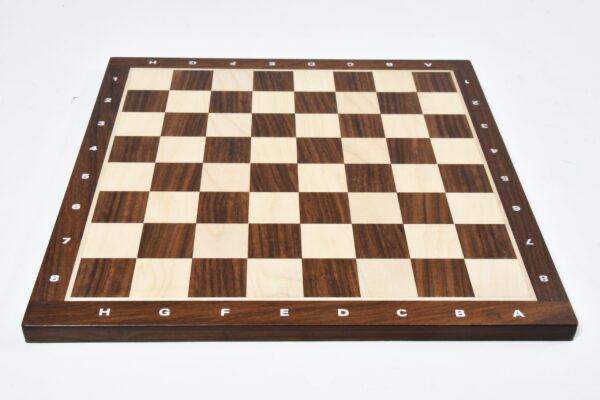
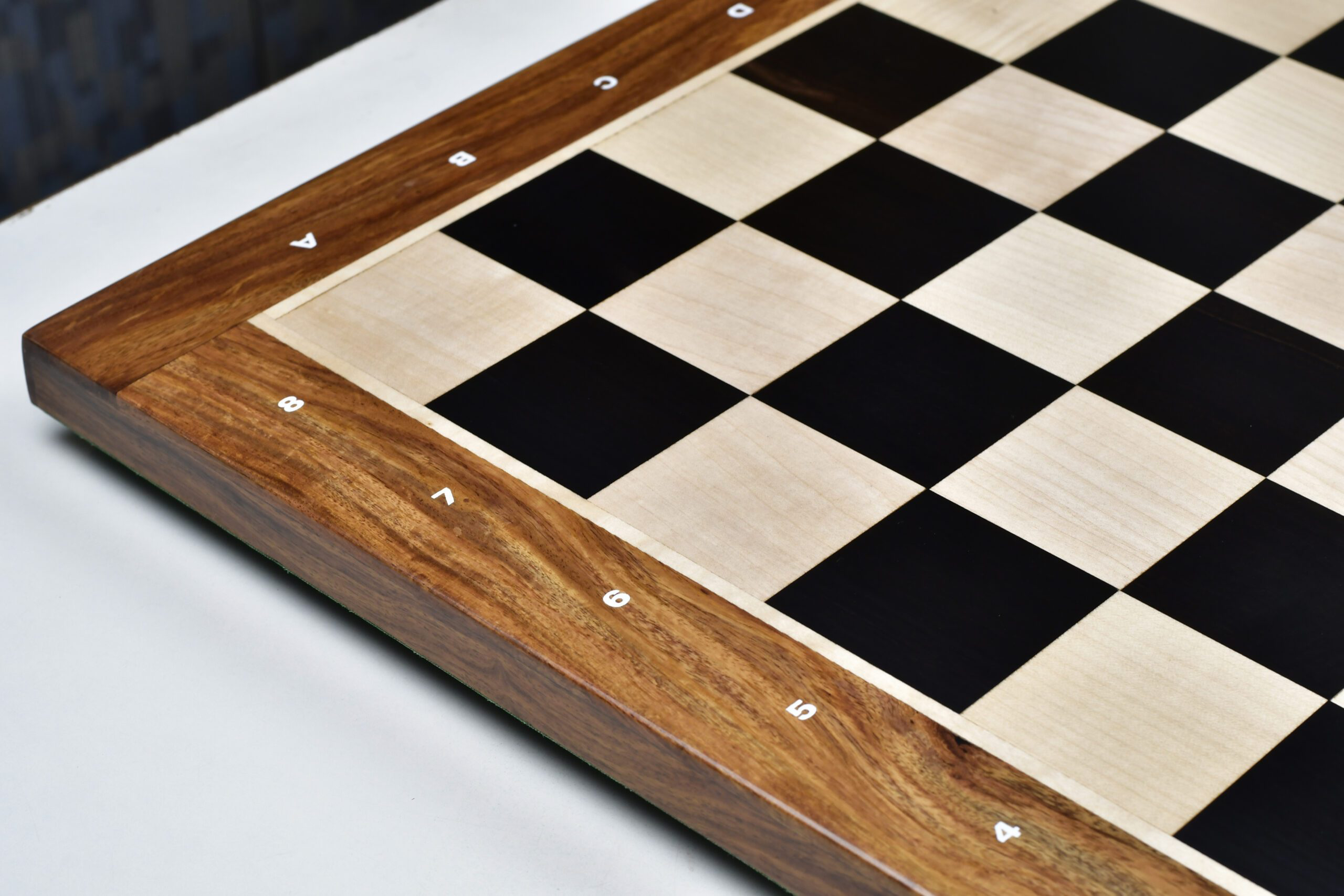
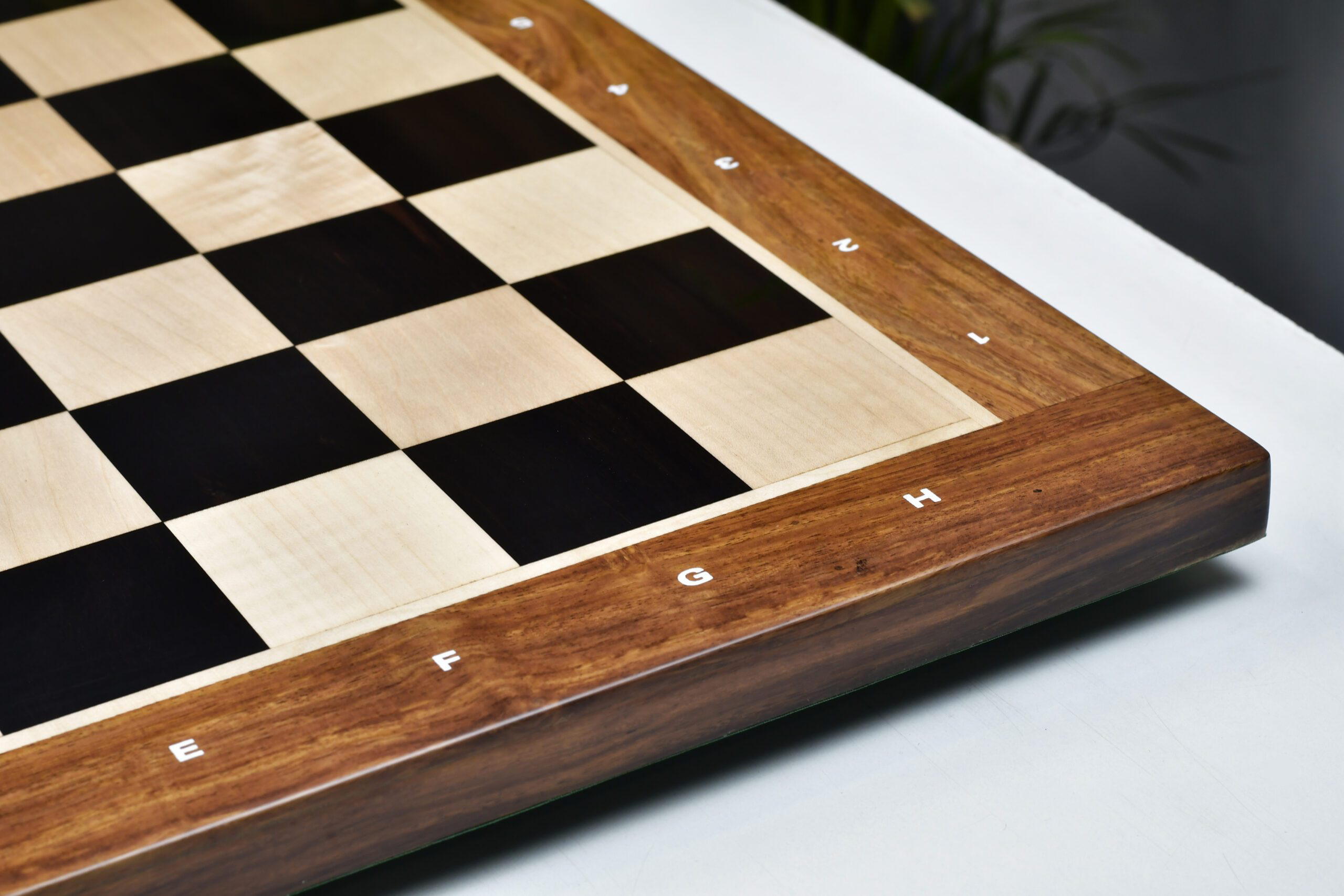


Leave a comment
All comments are moderated before being published.
This site is protected by hCaptcha and the hCaptcha Privacy Policy and Terms of Service apply.